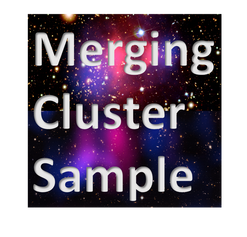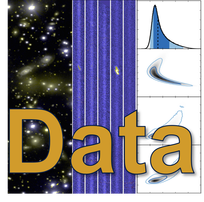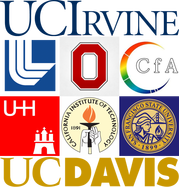|
Welcome to our utilitarian website!
This is very much working website where merging cluster summaries, data products, and collaboration news are updated frequently. Who we are and why we are doing this. Dark Matter is one of the great outstanding mysteries. Although still in its infancy, the study of merging galaxy clusters has been shown to be one of the best means of determining the nature of dark matter. However to realize this potential requires a concerted effort on the part of astronomers and computational theorist, due to necessity to compare simulations and observations of real systems. UC Davis is a leading center on the observation of merging clusters. UC Irvine is a leading center on computation/theory of simulating self interacting dark matter physics on astrophysical scales. We established a UC Davis-Irvine workgroup devoted the observation and subsequent simulation of merging galaxy clusters with the directive of determining the nature of dark matter. This collaboration has grown to include members from OSU, Caltech/JPL, Harvard, SFSU, and Hamburg with added expertise in dark matter theory, cluster merger simulation and observation. |



